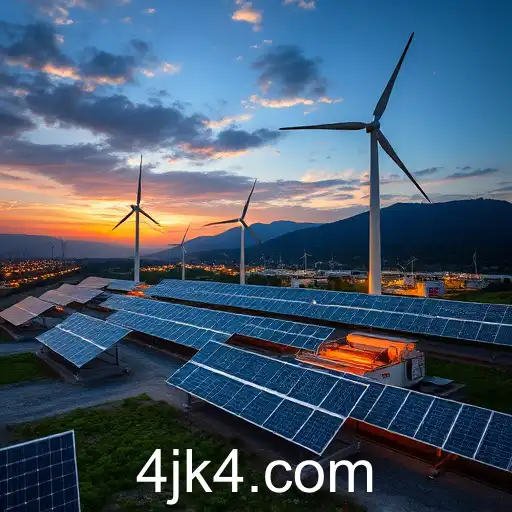
An in-depth analysis of the shifting trends in renewable energy, driven by global climate initiatives and economic policies.
The renewable energy sector has entered a transformative phase as global demand for sustainable power solutions intensifies. With climate change initiatives becoming more aggressive, there is a marked shift towards cleaner energy sources, prompting both established and emerging markets to reassess their energy strategies. Recent reports indicate that countries around the world are intensifying efforts to reduce reliance on fossil fuels, with significant investments being directed towards the development of wind, solar, and other clean energy technologies. These moves are reinforced by regulatory policies and international agreements aimed at curbing carbon emissions and promoting sustainable industry practices.
However, the transition is not without its challenges. Despite the promising growth, renewable energy projects often face hurdles such as regulatory delays, technological barriers, and supply chain disruptions. These factors underscore the need for coherent policies that can facilitate smoother transitions. Moreover, the global economy, still grappling with the aftermath of the Covid-19 pandemic, must balance sustainability goals with economic recovery efforts.
The economics of renewable energy are shifting as well. Decreasing costs in solar and wind technology have made renewables not only a viable but often a financially advantageous choice over traditional fossil fuel sources. Economies are recognizing the potential for job creation and industrial innovation, leading to competitive advantages in the global market.
As governments and corporations announce ambitious targets to achieve net-zero emissions in the coming decades, the race to innovate and deploy new technologies will become increasingly intense. There's a growing trend among technology companies to invest in green tech startups, further fueling the industry’s growth trajectory. Silicon Valley's interests, for example, have extended beyond digital innovations to embrace earth-friendly technologies that promise to reshape the modern landscape.
Public awareness and advocacy continue to play a crucial role. Environmental movements are influencing consumer preferences and driving demands for cleaner, more sustainable products and services. As this dynamic evolves, stakeholders from all sectors are expected to collaborate, creating new networks and partnerships across geographical and industrial boundaries.
In conclusion, while the path toward a fully renewable future is fraught with obstacles, the momentum indicates a resolute global commitment to environmental stewardship and economic sustainability. This evolving dynamic represents not just a shift in energy policy but a fundamental transformation in how societies will generate and consume energy in the years ahead.




